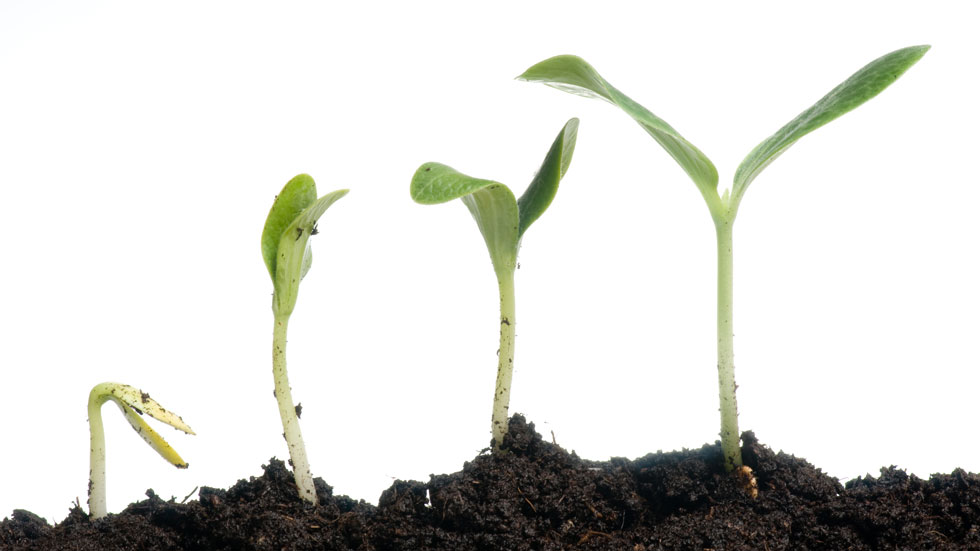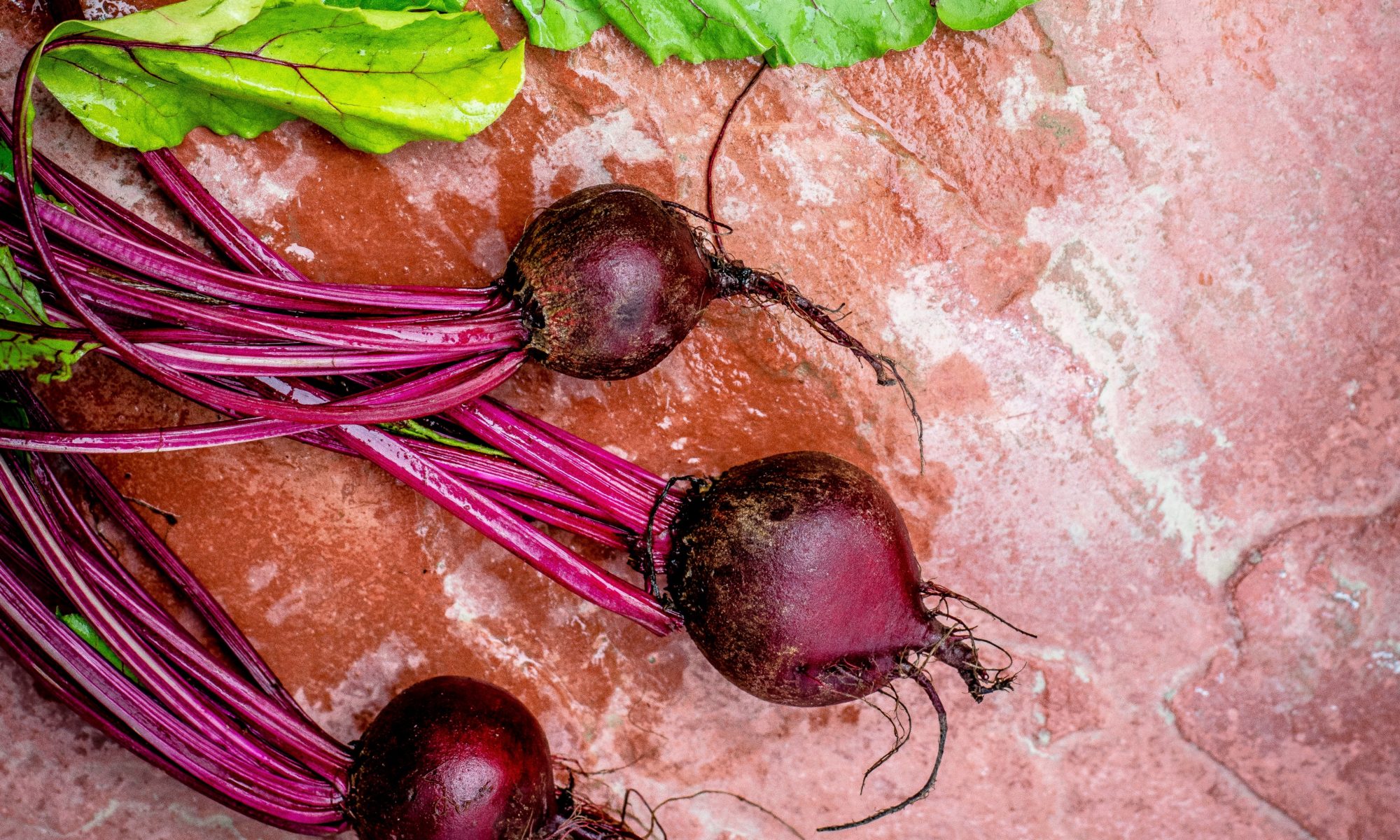
Trying to figure out what amendments to add to your garden soil without soil testing is a lot like a doctor trying to prescribe medication without running any tests first. You can’t tell what’s going on just by looking.
Unfortunately, many folks’ first forays into soil science are overwhelming affairs chock full of flashbacks to high school chemistry class (shudder) and attempts to translate soil-speak terms like N-P-K, macronutrients and organic matter content. We know from our gardeners that some people get frustrated and just give up.
In our Teaching Gardens, we do our best to break the big, daunting picture down into some concrete, common sense steps for keeping your garden soil healthy, without getting too far into the nitty gritty.
Let’s start at the beginning.
WHAT IS SOIL TESTING?
Soil testing is a process used to determine the chemical composition of soil. It compares what’s in your soil, i.e. the nutrients, with the levels that are known to encourage healthy plant growth. Nutrients that should exist in large quantities are called macronutrients and those that should exist in smaller amounts are called micronutrients. Both contribute to healthy soil. Your soil test will measure what’s in your soil currently and make recommendations for how to improve the balance of nutrients if necessary. Again, think of this like a blood test for your garden to help you figure out deficiencies as well as excesses.
WHEN DO YOU NEED TO SOIL TEST?
Soil Test If:
1. You’re planning to add fertilizer or other amendments like compost to your garden soil. If you are planning to adjust your soil, it’s important to know where you’re starting to avoid adding nutrients you may not need. An excess of some nutrients can be just as harmful to plant growth as a lack of them. In addition, excess nutrients can run off into ground water, affecting local drinking water, fisheries and recreational areas.
2. You are starting a new garden. It’s important to test “new” soil for toxic heavy metals, like lead, before starting a vegetable garden in an untried location. Old homes with lead exterior paint that may have gotten into the nearby soil are particular risks. Soil test results can also tell you if you need to add certain nutrients, like nitrogen (N), phosphorus (P) or potassium (K), that might be lacking.
3. You are seeing unexplained symptoms in your garden. Are your plant leaves turning purple? Do you have vigorous leaf growth, but no produce? If you cannot explain a symptom in your garden with pest, disease or human interference, test your soil to see if a lack or an excessive supply of nutrients is causing problems.
4. You are interested in soil science. If you’re curious about the composition of your soil and want to know more about fostering a healthy ecosystem in your garden, soil testing is a great place to start.
Don’t Bother If:
1. Your garden is growing great! Soil testing does cost money, and garden budgets are sometimes tight. If all is well in your garden and it’s unlikely there’s been lead paint in your location, there’s really no need to soil test.
2. You have just received a garden installation from Growing Places. We provide safe, good quality soil for your raised bed installation and there’s no need to soil test.
IF YOU DO DECIDE TO TEST
To help make sure your soil does not change significantly between the testing time and when you next attempt to grow in it, soil test in early spring before you plant or in late fall after your garden has used the bulk of the nutrients it will for the growing season. Often soil test labs are less busy in the fall and can offer quicker turnaround times.
COST
Soil testing costs range depending on how many services you request and how many samples you submit. For one routine soil test, the current cost through UMASS Extension Services is listed at $15 at the time this post was published. A measure of organic matter, which is recommended, was listed as an additional $6 service per sample.
WHERE
UMASS Extension Service offers relatively inexpensive soil testing through their Soil and Plant Tissues Testing Lab. Soil samples and soil test ordering forms can be mailed to:
Soil and Plant Tissue Testing Lab
West Experiment Station
682 North Pleasant Street
University of Massachusetts
Amherst, MA 01003
UMASS Soil and Plant Tissue Testing Lab can also be reached by phone at 413.545.2311 or email at soiltest@umass.edu if you have questions.
Instructions for taking a soil sample are provided on their website: soiltest.umass.edu. A few weeks after mailing your soil sample to the lab, you will receive your soil test results, indicating what nutrients are present in your soil and which are low. UMASS’ soil lab kindly makes recommendations on what to add and how to add it.
TIPS FOR TAKING A SOIL SAMPLE
1. Use clean tools. Clean your trowel and any container you use to hold the soil with soapy water and rinse well. You don’t want any contaminants in the sample.
2. Take a representative sample. This is where common sense, and your knowledge of your garden, really help. UMASS requests a composite sample scooped from a mixture of 12 separate samples from around your garden. If your garden is quite large, this is reasonable. If your garden is on the small side, like ours, 12 samples might just be all the garden soil you have! Instead, consider taking only 3 or 4 samples to mix together. Keep in mind, your soil sample that you send in will be 1 cup of soil scooped from the fully mixed sample you take.
Also consider what you want to know. If you intend to treat your entire garden the same, send in a single sample. If you intend to reserve a portion of your yard for a particular crop – be it asparagus or blueberries or potatoes – send a sample for that portion of the yard separately from the sample you take for the main garden.
3. Take a level sample. Soil composition changes as you dig down into the earth. When taking a sample, do your best to level off your trowel-full so that you have roughly the same amount of soil from 2″ down as you do from 6″ down.
4. Don’t send in wet soil. The labs won’t process a wet soil sample, so be sure to dry your soil out thoroughly before sending it in. Spread the soil on clean paper plates or newspaper for a couple days to allow time for moisture to evaporate.
And finally, our Gurus agree: at-home soil test kits aren’t worth the money. They’re harder to read, offer less precise results, and don’t offer amendment recommendations like you’ll get from a soil testing lab. Worst yet, they’re still $10-$15. If you find you need or would like to test your garden soil, send away to a lab for accurate, thorough results.
